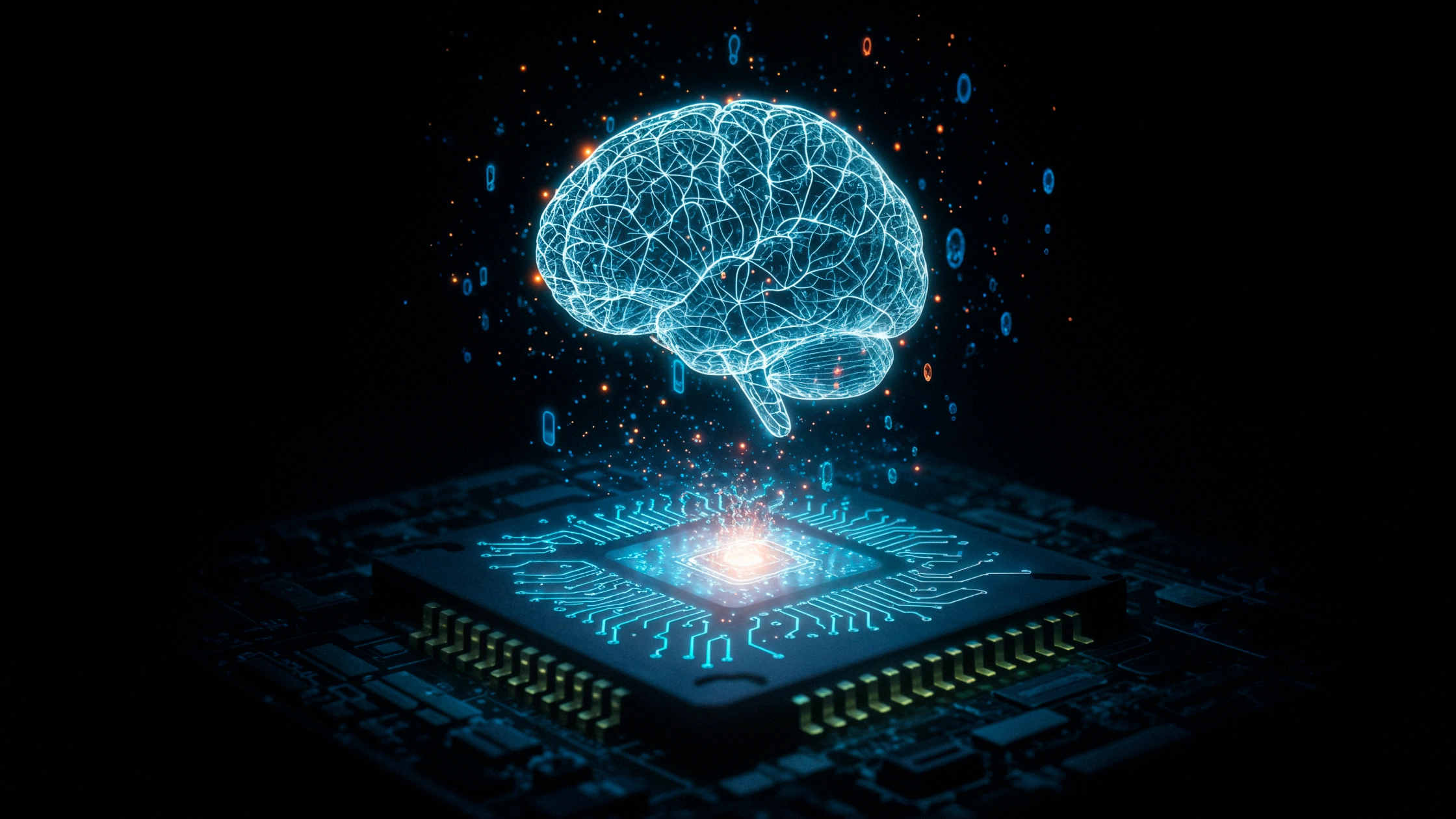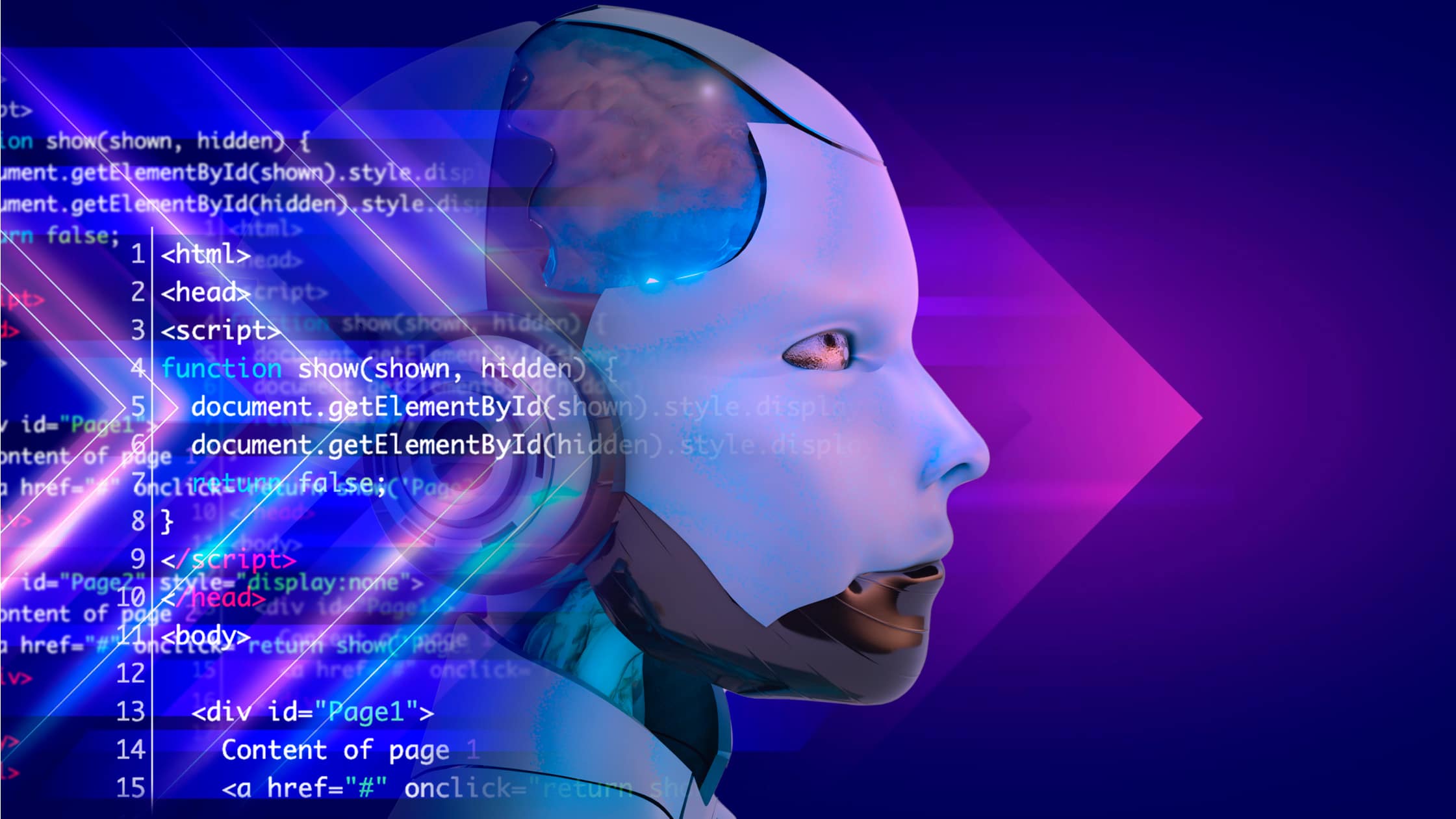Textual Inversion is a technique used in machine learning, particularly in generative models like text-to-image diffusion model, to teach an AI system new visual or conceptual information by associating it with a new custom token. This token acts like a shortcut or placeholder that generates content representing the newly learned concept when used in a prompt.
In simple terms, textual inversion teaches an AI a new idea or image (like a person, style, or object) and gives it a made-up word to represent that idea in future generations.
Purpose of Textual Inversion
Textual inversion allows users to inject new knowledge into a pretrained AI model without retraining the whole model. It is especially useful in text-to-image systems like Stable Diffusion or DreamBooth, where users want the model to generate images of specific people, styles, or objects not seen during initial training.
The key benefit is that it only modifies a tiny part of the model (the token embeddings), making it lightweight and efficient while preserving its overall behavior.
How It Works
Step 1: Select or Upload Reference Images
Users provide several images of a new concept they want the AI to lea, n—such as a specific person, product, art style, or pet.
Step 2: Define a Pseudo-Token
A placeholder word or token (e.g., *sksdog*, *my art style*) represents the new concept.
Step 3: Train Token Embedding
The model learns what the pseudo-token represents by optimizing the embedding vector for that token using the provided images. The rest of the model remains frozen.
Step 4: Use the Token in Prompts
Once trained, users can include the custom token in generation prompts. The model will interpret the token as the learned concept and reflect it in the output.
Common Use Cases
1. Personalized Image Generation
Users can train a token to represent their face, pet, or brand. Then, using prompts like “A professional headshot of sksuser in a forest,” they get customized generations.
2. Style Transfer
Artists can encode their art style into a token. Later, they generate new works in the same style with prompts like “A city skyline in the style of sksstyle.”
3. Product Visualization
Businesses can teach the model a new product design and reuse it in marketing images, e.g., “sksshoe on a beach.”
4. Fictional Worlds
Writers or game designers create tokens for fictional places or characters to illustrate ideas visually.
Textual Inversion in Diffusion Models
Most commonly used with latent diffusion models, such as:
- Stable Diffusion
- Latent Diffusion Models (LDMs)
- DreamBooth (variant)
In these models, textual inversion modifies only the token-to-vector mapping, while the underlying diffusion process remains unchanged. The technique allows high-quality personalization with minimal impact on base model size.
Training Requirements
Inputs Needed:
- 3–10 high-quality reference images (more diverse = better results)
- Pretrained base model (e.g., Stable Diffusion 1.5)
- Training script or interface (e.g., Hugging Face, AUTOMATIC1111 UI)
Time and Resources:
- Training usually takes under 1 hour on a GPU
- Memory requirement is relatively low.
- No need to adjust model architecture or retrain all layers
Key Components of Textual Inversion
- Token Embedding: A token embedding is a numerical vector that represents a word or concept within the model’s space, allowing the model to process language and meanings efficiently.
- Pseudo-Token: A pseudo-token is a new, created token linked to a concept not initially present in the model, enabling the model to handle novel ideas or items.
- Frozen Model: In a frozen model, the base model’s weights remain fixed, and only the new token embedding is trained, ensuring that the original model’s behavior stays intact.
- Prompt: A prompt is the input text that guides the model’s output, including the custom token to influence the model’s response or behavior.
Textual Inversion vs. Full Fine-Tuning
Textual Inversion: This approach involves training only a new token embedding, making it faster and more efficient, while maintaining the original model’s performance. It doesn’t increase model size and is limited to visual feature learning.
Full Fine-Tuning: Full fine-tuning adjusts many or all model weights, offering more flexibility to learn broader behaviors and contexts. However, it is slower, more resource-intensive, and may increase model size, potentially affecting stability on unrelated tasks.
Benefits of Textual Inversion
1. Efficiency: Only a single token is added and trained, requiring minimal resources and time.
2. Portability: You can share the trained token embedding (a small file) without redistributing the whole model.Safety: Since the base model remains unchanged, textual inversion avoids unintended degradation in performance or quality.
3. Creative Control: It empowers artists, creators, and brands to teach AI personalized or branded concepts.
Challenges and Limitations
1. Limited Expressiveness
Textual inversion captures visual characteristics, but not complex behavior or multi-modal interactions.
2. Prompt Sensitivity
The custom token may behave differently depending on the surrounding words in a prompt.
3. Visual Drift
Over-generalization may occur if training data is inconsistent or poorly chosen, leading to incorrect outputs.
4. Restricted Generalization
The token may not generalize well to new contexts (e.g., generating a learned object under extreme lighting or poses).
Tips for Better Textual Inversion Results
- Use Consistent, High-Quality Images
Choose images with consistent style, angle, and clarity to train the token accurately. - Avoid Background Noise
Simple backgrounds help the model focus on the subject of interest. - Try Different Prompt Templates
Experiment with phrasing to improve results, e.g., “A photo of sksdog in the desert.” - Validate Output Diversity
After training, test your token in varied prompts to ensure it’s generalizing well. - Limit Overfitting
Use image augmentation or slightly varied samples to prevent the model from memorizing only a narrow concept version.
Security and Ethical Considerations
1. Consent and Ownership
Using someone’s likeness (like a real person) without permission may violate privacy rights or copyrights.
2. Misinformation Risk
Custom tokens could be used maliciously to generate misleading or harmful content.
3. Platform Restrictions
Some platforms or services may block uploads of models using unverified textual inversion embeddings to prevent abuse.
Responsible use is crucial when generating realistic representations of people or brands.
Future of Textual Inversion
The field of generative AI is advancing quickly, with future improvements likely to include training token sets for more complex concepts. Cross-modal learning will enable richer personalization by integrating visual and text attributes.
Automated prompt engineering will generate more effective prompts to activate learned tokens, while real-time customization will allow users to teach models new concepts instantly in creative apps. As AI tools become more accessible, textual inversion will be crucial in enabling users to personalize models without needing full retraining, making customization easier and more efficient.
Textual Inversion is a powerful technique that enables users to teach AI new visual concepts using custom tokens, without altering the full model.
It’s fast, lightweight, and easy to share, making it ideal for personalized content generation, branding, and creative expression. While it has some limitations, it’s an essential building block in the growing field of customizable generative AI.



